Victoria lockdown: Coronavirus likely already spread beyond state
A professor has warned that COVID-19 is likely already all over the country so Aussies must accept the gravity of the situation and “play their part”.
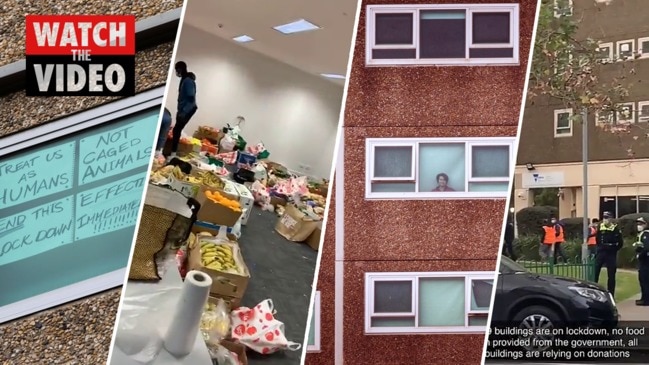
It’s a recipe for disaster. Desperate business owners. Terrified employees. Tired health workers. Frustrated families and friends. It’s a combination that makes new COVID-19 outbreaks almost inevitable.
We knew it was coming. Australia chose this course of action. Unlike New Zealand, National Cabinet settled on containing the virus – not eliminating it. That meant a shorter initial lockdown but it also means recurring lockdowns.
With Melbourne back in isolation and the rest of the nation holding its collective breath, we’re getting a sense of exactly what this entails.
RELATED: ‘Clear failure’: Truth about Vic clusters
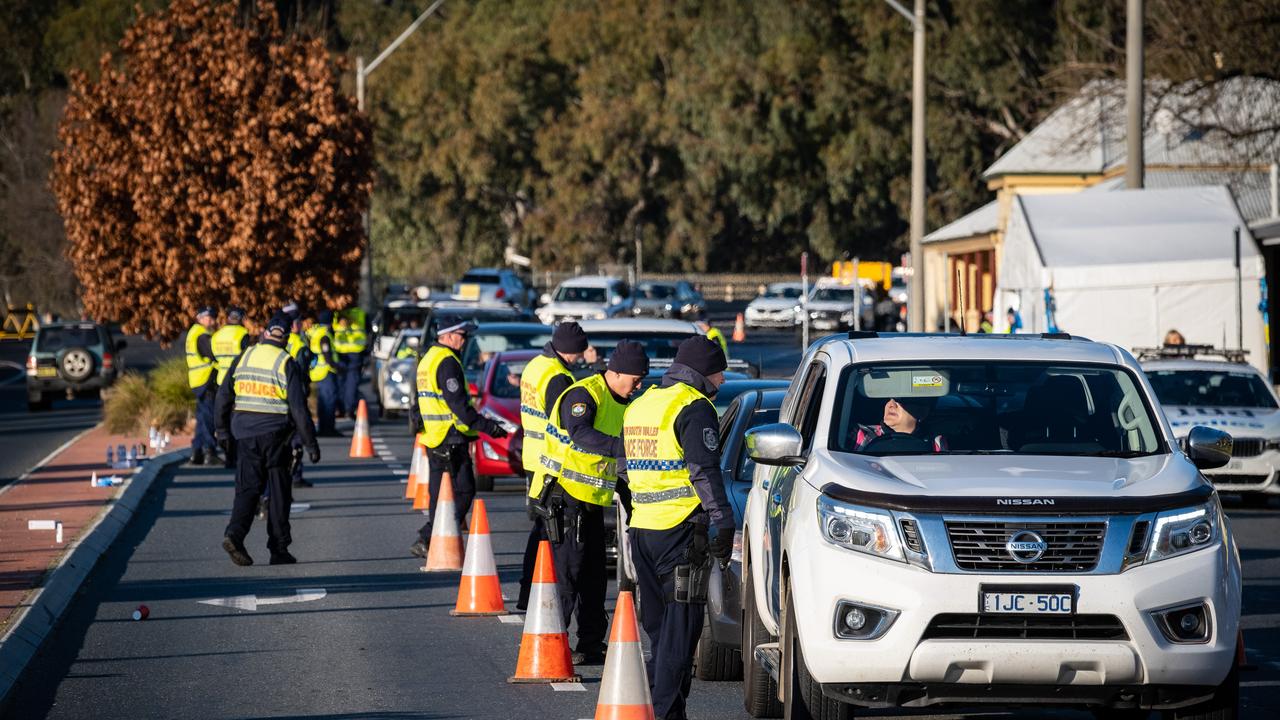
It’s a similar story around the world. One by one, every place that seemed almost on top of COVID-19 is beginning to topple. Hong Kong is experiencing a third resurgence of the virus. Tokyo is contending with another flare-up. It’s a similar story in Singapore, South Korea and Israel.
Is anywhere safe? Is it inevitable that the virus will return to your community?
“It is possible there has already been seeding of infection to other states, and silent epidemic growth which has not yet been detected,” warns Professor Riana MacIntyre of the UNSW Kirby Institute. “I would not be surprised to see epidemics detected in NSW and other states within the next few weeks. People all over Australia must accept the gravity of the situation and play their part.”
GAME CHANGER
This time, it’s different. The virus is entrenched in Victoria’s community.
“The situation we are in is more serious than late March, because we have community transmission, which is much harder to track than infection in returned travellers,” Prof MacIntyre says.
RELATED: Why US is facing 100,000 cases a day
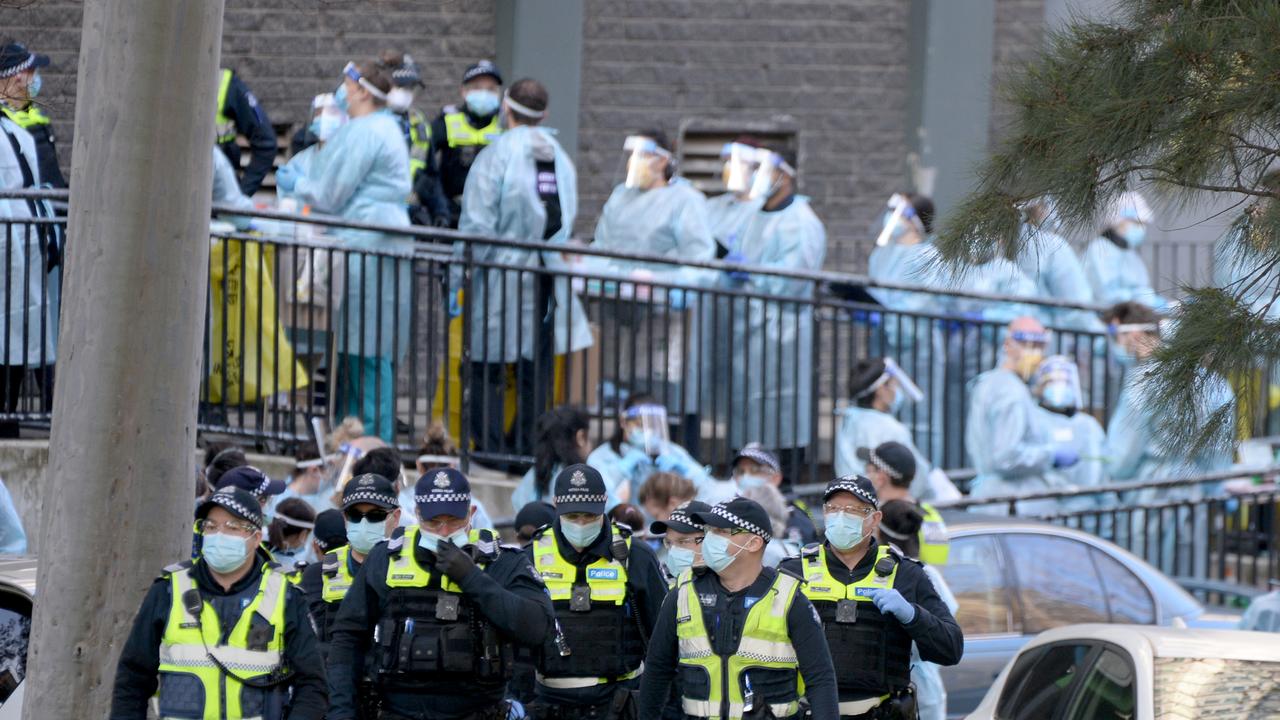
It’s no longer a matter of border control. It’s not just about quarantining overseas and interstate travellers and checking the handful of people they’ve been in contact with.
Now, it could come from anywhere. It could be a doorknob. It could be a poorly ventilated bar. It could be from the queue at the checkout. It could be in a hug or kiss from family or friends.
Worse, you probably won’t know you’ve got it for about 10 days. Sometimes, you may be carrying and spreading the virus without knowing at all. Which, experts say, it’s highly likely COVID-19 has already piggybacked Australia’s recent relaxations of restrictions across state borders.
“As a country we need to close this down as much as is practically possible so we can reduce the infection across the rest of Australia,” says CSIRO Health and Biosecurity director Dr Rob Grenfell.
“The virus hotspots we’re seeing now is something that we knew was coming, and it could easily be another part of the country or state in this position. We need to remain vigilant against this virus given how persistent it is in the environment.”
ENHANCED IMPACT
“Seeing how rapidly this cluster has taken off may require other states and territories to review their response plans,” warns Swinburne University dean of the School of Health Sciences Professor Bruce Thompson. “We are in a situation that we will get further clusters.
“How we respond and quickly we respond to these clusters is critical.”
But, there’s a problem. Australia’s population, politicians and businesses are lockdown weary.
“Since we ‘tasted’ some freedoms with opening cafes, restaurants and schools going back – it now becomes more difficult to return to lockdown,” warns Professor Jayashri Kulkarni of the Monash Alfred Psychiatry research centre.
“There could be fear of a never-ending lockdown – which leads to an increased sense of panic. There could be envy of other States in Australia not in lockdown, and embarrassment of being the ‘pariah’ State. And then we have the issues we faced in lockdown last time – anxiety, depression, increased domestic violence – all affecting women more than men.”
Making matters worse, isolation isn’t being applied equally this time.
“Obviously a single infected case crossing the border could reintroduce the virus to an otherwise virus free community that consequently doesn’t need to socially isolate,” notes Flinders University virologist Professor Nikolai Petrovsky.
And, of the 10 days it takes for the virus to incubate, it can be contagious in the final two before symptoms appear. That further eases its spread.
RELATED: ‘Fatal blunder’: Where we went wrong
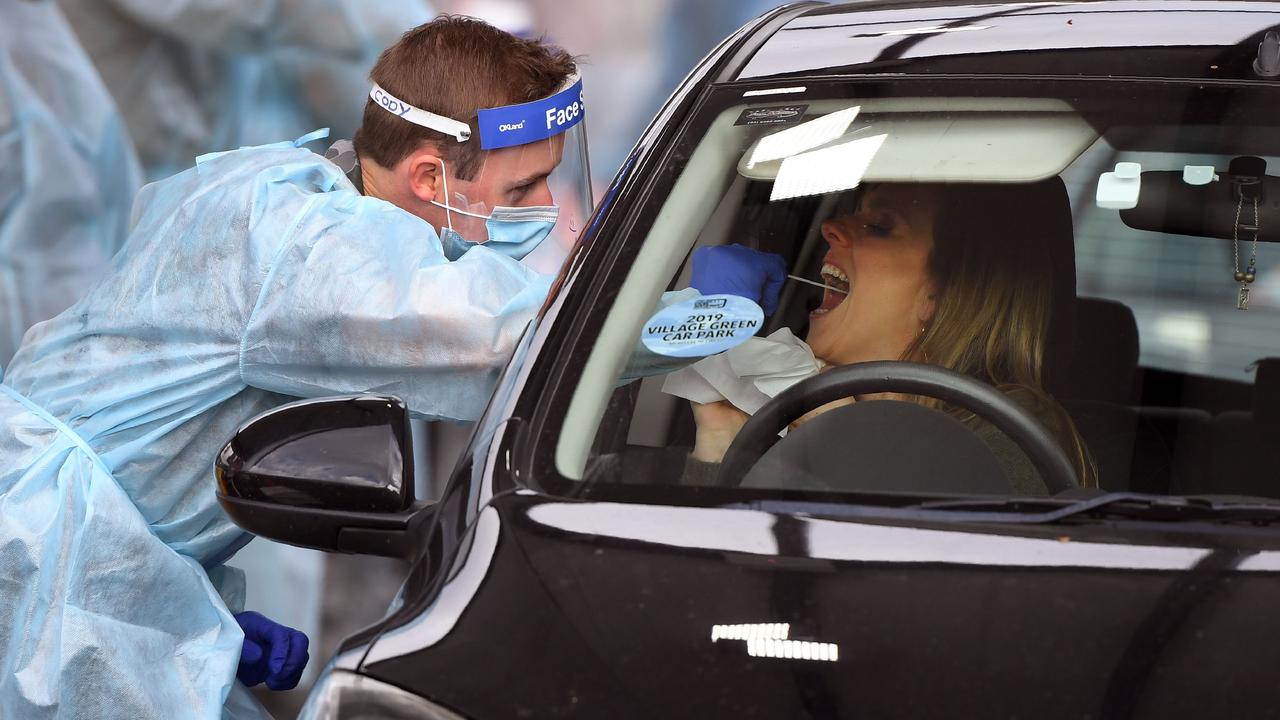
FIRST OF MANY
Infectious diseases expert Greg Dore of Sydney’s Kirby Institute tweeted that the next two weeks will be key: high levels of testing will be needed to catch any “epidemic seeding” in other states before they take hold.
It’s the same lag between infection and disease that will cause Melbourne’s caseload to rise for the next two weeks – despite the renewed lockdown.
“How effective these measures will be remains to be seen, but it will certainly help minimise further transmission in the community,” says Dr Grenfell.
This lag is what makes early and firm intervention so important – and so difficult to judge.
“It takes two-three weeks just to see if the restrictions are having a major impact on case loads, and a few more weeks after that to see suppression of virus spread to negligible levels,” Prof Petrovsky says.
“Hence from a practical and scientific perspective, six weeks is likely to be close to the minimum period for an increase in restrictions to be fully effective.
“Of course the period of the restrictions may be able to be shorter if combined with other control measures such as intensive testing, quarantine of infected subjects, mask wearing, use of disinfectants and ultimately application of vaccines.”
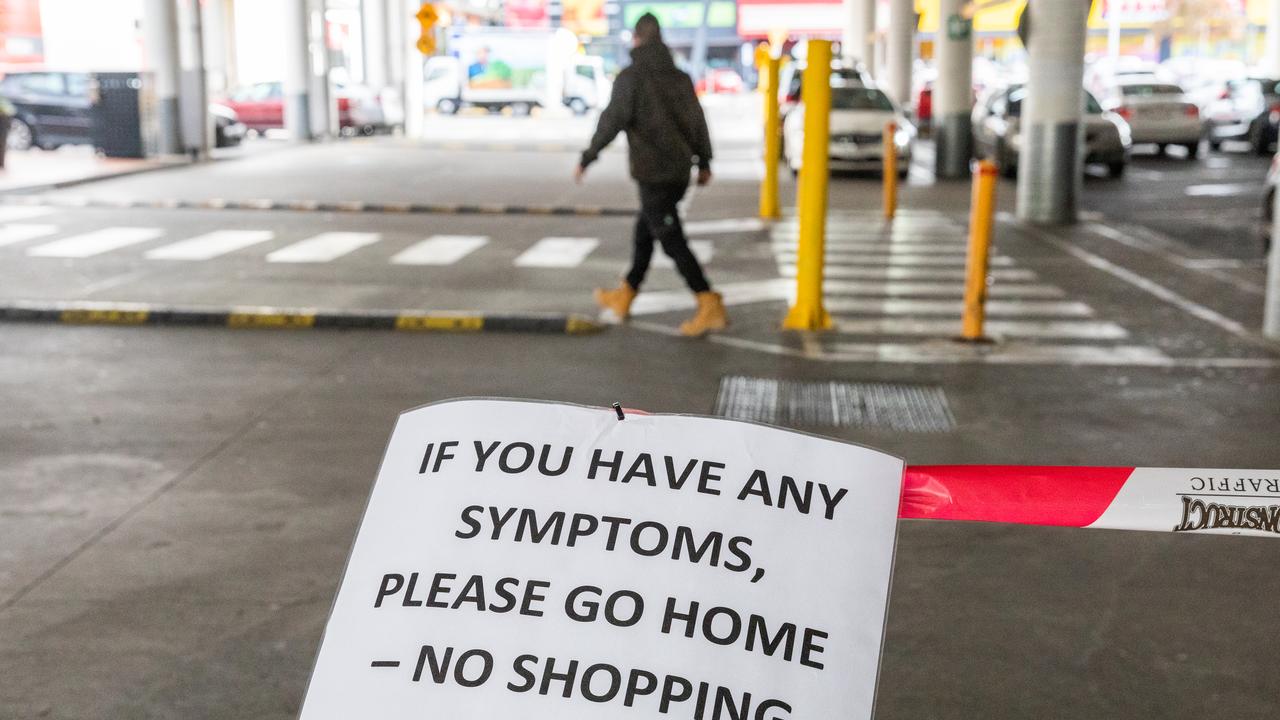
But lockdown alone isn’t enough. Contact tracing is needed to identify and plug any ‘leaks’.
And serious personal hygiene – such as hand washing and masks – must be applied to limit the virus’ spread among households and contamination of common surfaces.
“In one study, it was estimated that if 80 per cent of the population was wearing masks consistently, it would be more beneficial than a strict lockdown,” says University of Melbourne epidemiologist Dr Alex Polyakov.
“Out of the three strategies that are effective in reducing the spread of COVID-19, namely: social distancing, handwashing and mask-wearing, it is the widespread wearing of masks that is likely to be most beneficial.”
And it’s not just about providing a barrier between your mouth and nose and your surroundings.
“An experiment in Italy showed that wearing a mask made people stay further away from you. That is a good additional effect of masks,” Prof MacIntyre adds.
ABANDON LOCKDOWNS?
The question is stark: Are quarantine lockdowns worth it? The social cost is high. The economic cost is high. The mental cost is high.
Epidemiologists warn, however, the alternative must be measured in lives.
“It is not an option to take the Swedish option,” Prof MacIntyre warns. Stockholm applied minimal restrictions and largely let the virus follow its course.
“That has been a failure, and they failed abjectly to achieve herd immunity because they followed a pseudoscientific theory that was never achievable. All they achieved was mass death, overwhelmed hospitals and reportedly, euthanasia of infected old and frail people.”

The outcome would look like something now being experienced in several US centres; overwhelmed hospitals, emergency room triage and expectations of a soaring death toll.
The opposite, however, can be seen in Europe. Studies show sustained pandemic restrictions there are likely to have saved up to 3.1 million lives.
But there may be an alternative. The Grattan Institute argues there’s still hope for Australia to eliminate the virus within its shores. If it locks down hard and long.
“For areas that have not eliminated the virus, the yo-yoing between partial freedom and hard lockdown is life under a suppression strategy. It will be so for months or years – until or unless a vaccine is developed or a cure is found,” its researchers write.
Some experts say it will take three to five years before this cycle of outbreak and containment is broken – and even then only if a vaccine is found and made widely available. Which makes the idea of elimination more appealing.
“Pursuing an elimination strategy will require leadership. It will require lockdowns to be extended, so that they continue even when local transmission is nearly gone,” the Grattan Institute researchers argue.
It’s not without risk, they write, but the goal would be to “eliminate the virus from Australia and restore domestic economic and social activity to almost-normal, while controlling our borders until there is a vaccine or a cure”.
Jamie Seidel is a freelance writer | @JamieSeidel




